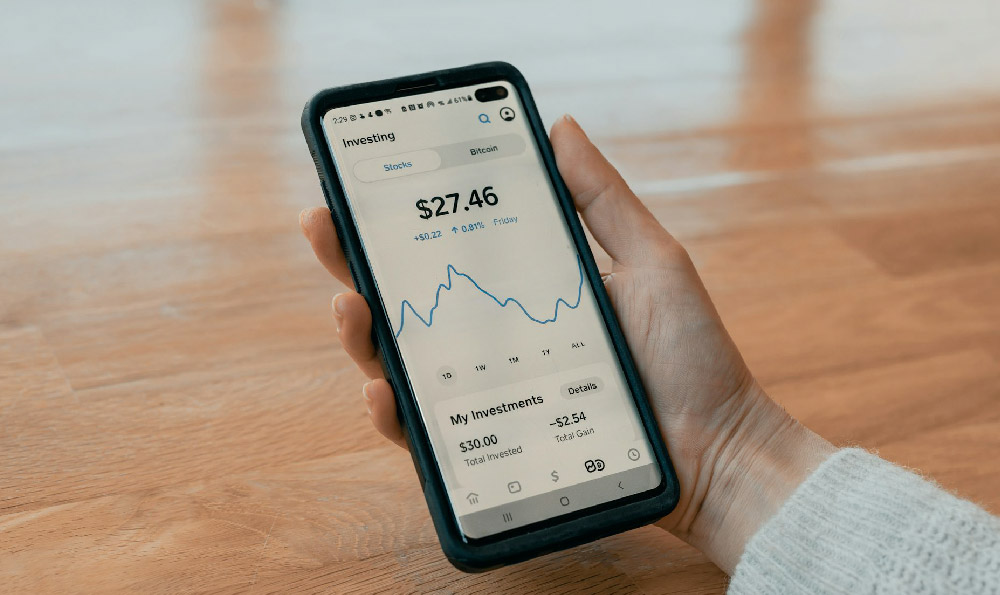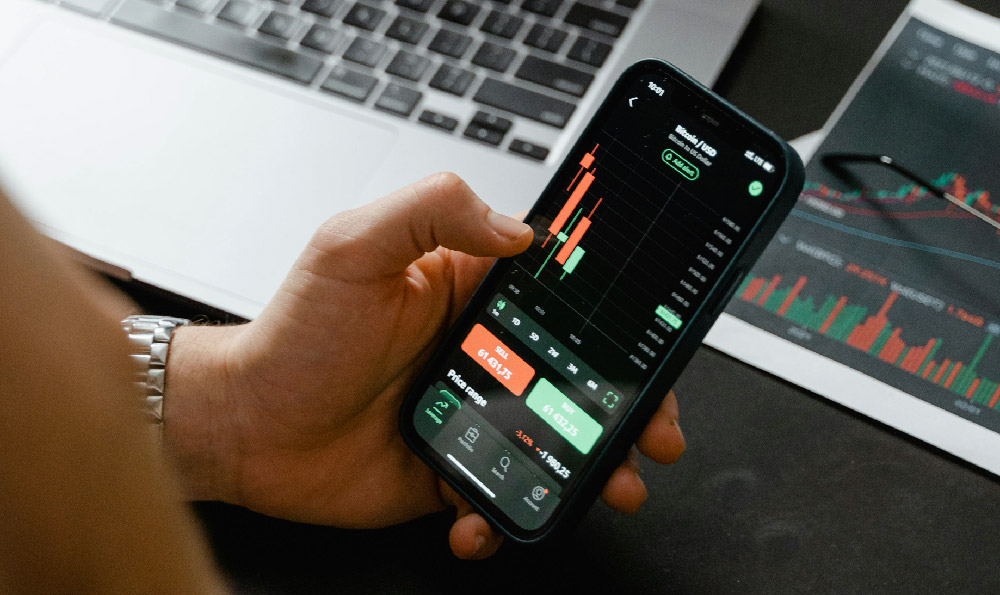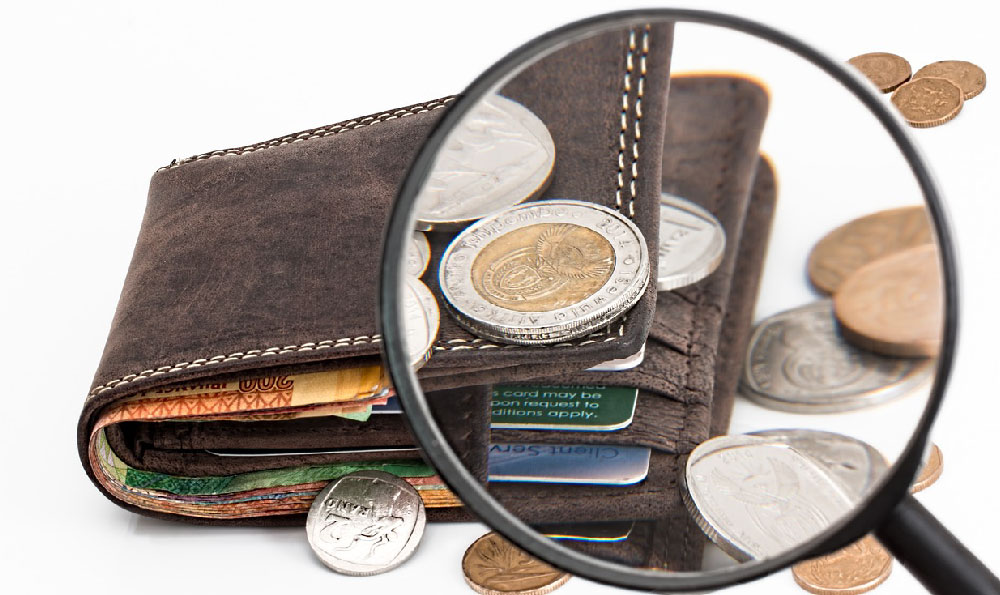Debit Card on Bitstamp: How? What's the Limit for Deposits?
Unlocking Bitstamp Deposits: Your Debit Card Guide
Bitstamp, a veteran cryptocurrency exchange, provides a gateway for users to buy, sell, and trade a variety of digital assets. While numerous deposit methods exist, using a debit card offers a convenient and familiar option for many. This guide will comprehensively explain how to leverage your debit card for deposits on Bitstamp, outlining the steps involved, addressing deposit limits, and highlighting important considerations for a smooth and secure experience.
The Debit Card Advantage: Why Choose This Method?

Debit cards offer several appealing benefits for Bitstamp users looking to fund their accounts:
- Convenience: Most users already possess a debit card, eliminating the need to open new accounts or explore unfamiliar payment platforms.
- Speed: Debit card transactions are typically processed quickly, allowing for near-instantaneous deposits in many cases. This enables users to capitalize on fleeting market opportunities.
- Accessibility: Debit cards are widely accepted, making them a readily available option for users across the globe.
- Familiarity: The process of using a debit card online is well-established, providing a comfortable and intuitive experience for users.
Step-by-Step Guide: Depositing Funds with Your Debit Card
Before initiating a debit card deposit, ensure you have a verified Bitstamp account. Verification typically involves providing personal information and uploading identification documents, in compliance with Know Your Customer (KYC) regulations. Once your account is verified, follow these steps:
- Log in to Your Bitstamp Account: Access the Bitstamp website or mobile app and log in using your credentials.
- Navigate to the Deposit Page: Locate the "Deposit" section, usually found within the account dashboard or wallet interface.
- Select "Debit Card" as Your Deposit Method: A list of available deposit methods will appear. Choose the "Debit Card" option.
- Enter Deposit Amount: Specify the amount you wish to deposit. Ensure this amount aligns with your investment strategy and Bitstamp's minimum deposit requirements.
- Provide Debit Card Details: You will be prompted to enter your debit card information, including the card number, expiration date, CVV code (located on the back of the card), and the cardholder's name and billing address. Double-check the accuracy of this information to avoid processing errors.
- Authorize the Transaction: Depending on your bank's security protocols, you may be required to authorize the transaction through a security code sent to your phone or email. This adds an extra layer of protection against unauthorized card use.
- Confirm the Deposit: After authorization, review the transaction details and confirm the deposit. Bitstamp will process the transaction, and the funds will typically appear in your account within a short timeframe, often within minutes.
Understanding Deposit Limits: Navigating Bitstamp's Restrictions
Bitstamp, like many cryptocurrency exchanges, imposes deposit limits to mitigate risk and comply with regulatory requirements. These limits can vary depending on factors such as your account verification level, location, and transaction history.
- Verification Level: Higher verification levels typically unlock higher deposit limits. Completing the full verification process, including providing all required documentation, is crucial for maximizing your deposit capacity.
- Account Tier: Bitstamp may offer different account tiers with varying deposit limits. Higher tiers usually come with enhanced benefits, including increased deposit allowances.
- Transaction History: As you establish a positive transaction history with Bitstamp, your deposit limits may gradually increase. This demonstrates responsible account usage and reduces perceived risk.
- Daily/Monthly Limits: Bitstamp often enforces daily and monthly deposit limits. These limits restrict the total amount you can deposit within a specific timeframe. Check your account settings or contact Bitstamp support to determine your current limits.
It's essential to be aware of these deposit limits before initiating a transaction. If you exceed your limit, the deposit may be rejected, and you may need to adjust your deposit amount or explore alternative funding methods.
Debit Card Deposit Fees: A Cost-Effective Analysis
While debit card deposits offer convenience, they often come with associated fees. These fees are typically a percentage of the deposit amount and can vary depending on Bitstamp's pricing structure and the card issuer.
- Bitstamp Fees: Bitstamp charges a fee for debit card deposits. It's crucial to review Bitstamp's fee schedule on their website to understand the current fee structure.
- Card Issuer Fees: In addition to Bitstamp's fees, your card issuer may also charge fees for processing the transaction, particularly if it's considered a cash advance. Contact your bank or card issuer to inquire about any potential fees.
Before making a deposit, factor in these fees to determine the overall cost-effectiveness of using a debit card. In some cases, alternative deposit methods, such as bank transfers, may offer lower fees.
Essential Security Considerations: Protecting Your Funds
When using a debit card for Bitstamp deposits, prioritize security to protect your financial information and prevent unauthorized access.
- Use a Secure Connection: Ensure you are using a secure internet connection when accessing Bitstamp and entering your debit card details. Avoid using public Wi-Fi networks, as they are more vulnerable to hacking.
- Enable Two-Factor Authentication (2FA): Activate 2FA on your Bitstamp account. This adds an extra layer of security by requiring a verification code from your mobile device in addition to your password.
- Monitor Your Account Activity: Regularly monitor your Bitstamp account for any suspicious activity. Report any unauthorized transactions to Bitstamp and your bank immediately.
- Keep Your Card Information Confidential: Never share your debit card details with anyone, and avoid storing your card information on unsecure websites or devices.
By adhering to these security practices, you can minimize the risk of fraud and protect your funds when using a debit card for Bitstamp deposits.
Conclusion: Making Informed Debit Card Deposits on Bitstamp
Depositing funds with a debit card on Bitstamp offers a convenient and accessible way to enter the cryptocurrency market. By understanding the steps involved, deposit limits, fees, and security considerations, you can make informed decisions and optimize your trading experience. Remember to always prioritize security, verify your account thoroughly, and stay informed about Bitstamp's policies to ensure a smooth and secure deposit process.















